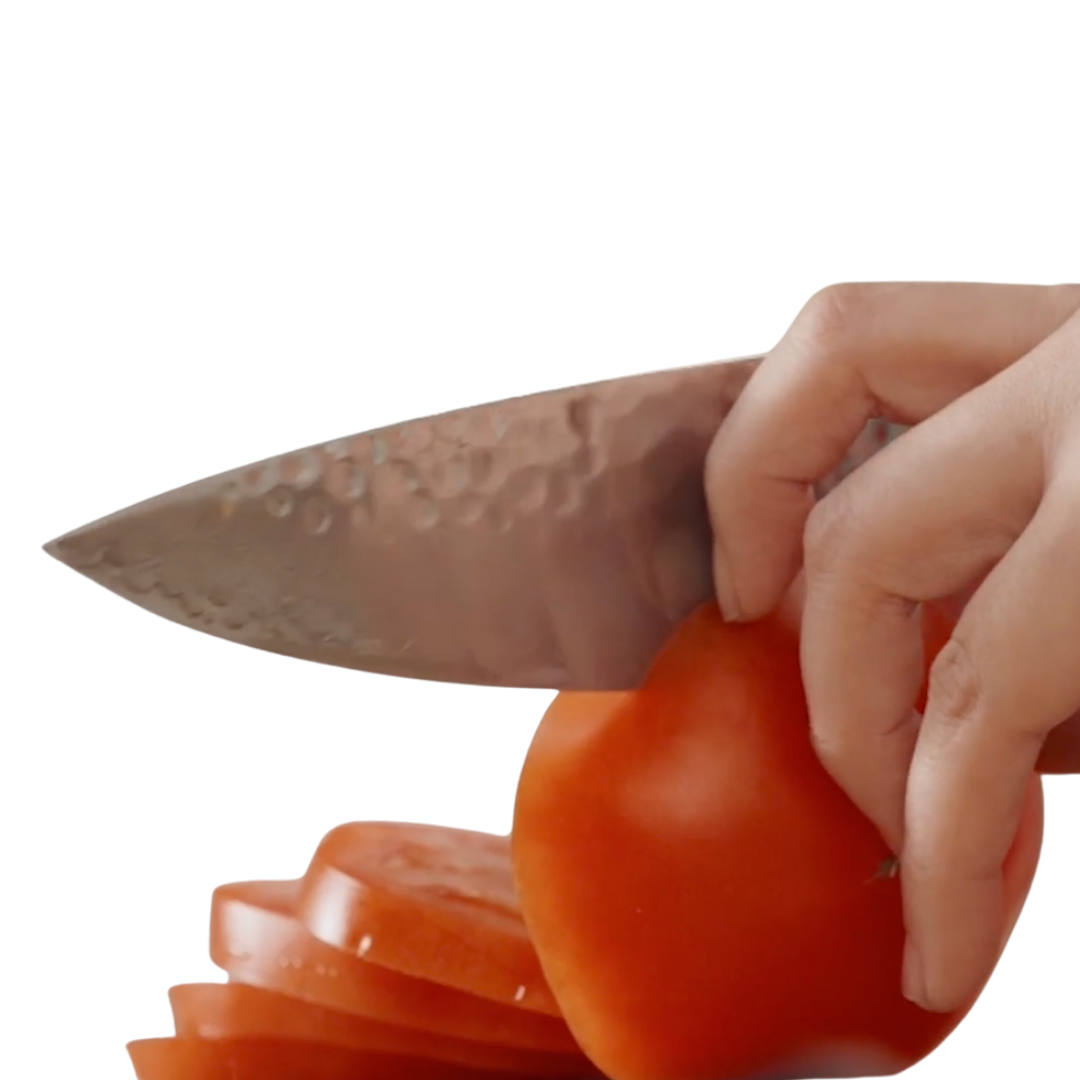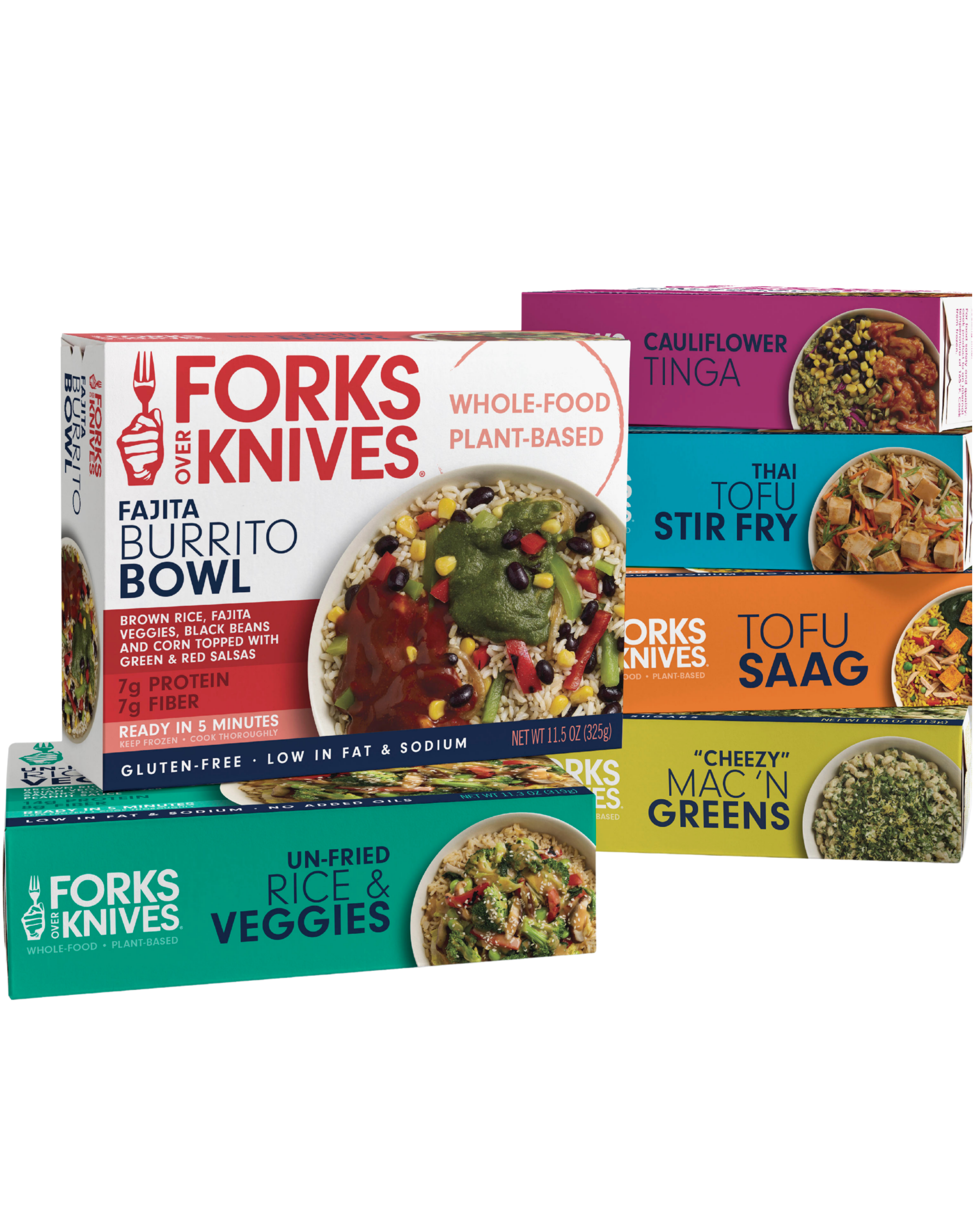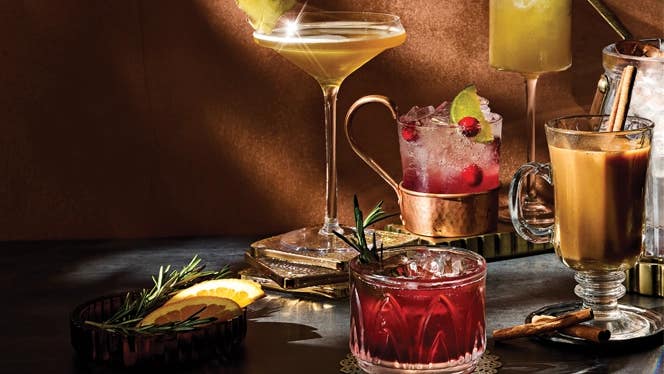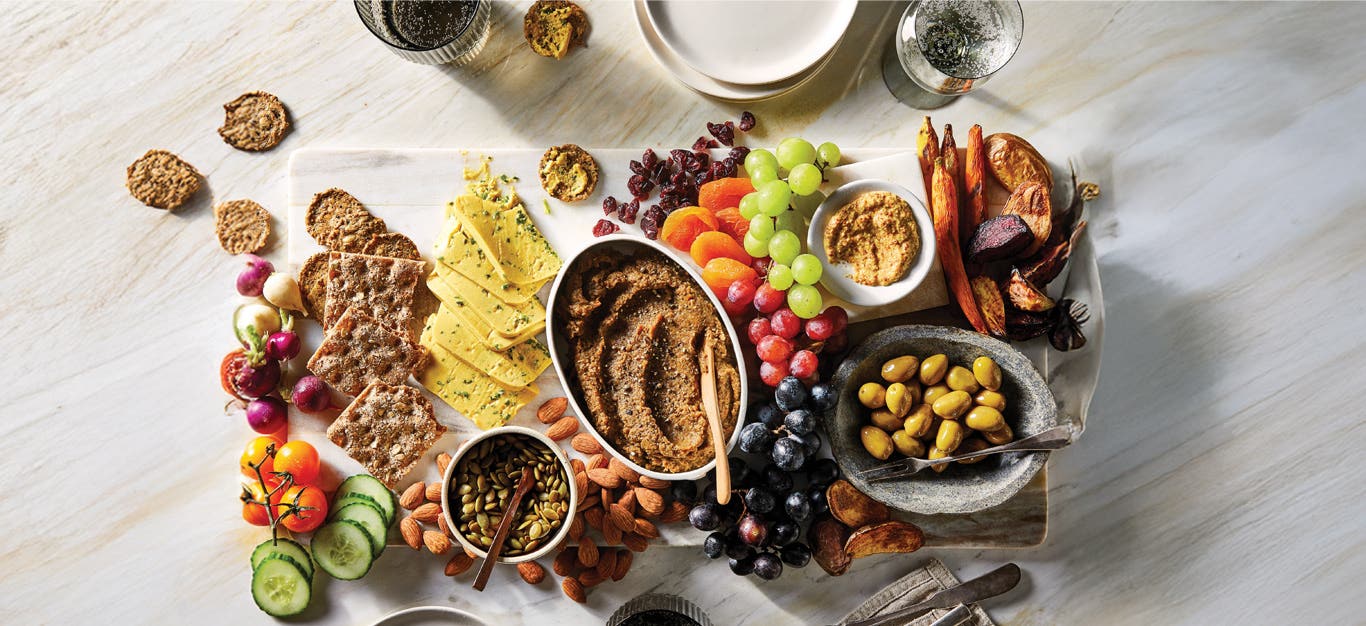Experienced chefs may be able to freestyle their way through preparing a dish, but for the rest of us, following a recipe—closely, correctly—is the best way to achieve chef-like success in the kitchen. This step-by-step guide explains how to familiarize yourself with ingredients, equipment, and instructions while avoiding any potential mistakes (what? The beans needed to be soaked overnight?) so any recipe you try turns out like it is supposed to.
Step 1: Skim
Quickly skim the recipe all the way through to get a general idea of what’s involved and taking note of the time, ingredients, equipment and utensils you’ll need. Be on the lookout for important prep times (e.g., does the spinach need to be thawed?), and any special techniques you’re not sure about. (YouTube is a great resource for learning kitchen skills.) If you’ve found the recipe online, you may want to print it out or copy it into another format, such as a note-taking app. That way, you can delete any ads that make the recipe difficult to read, highlight and add comments as you go, and take the recipe with you when you shop.
Step 2: Study
Your final recipe read-through should be a thorough one. Most recipes list ingredients in the order that they’re used in the instructions, from largest amount to smallest, though not all bloggers and online outlets stick to this. (Another good reason for taking this time to read it carefully!) Here are the main things to look for as you get ready to cook:
How are measurements listed?
When an ingredient is listed with the prep step after the item it means the item is measured before it’s prepared. So, for “1 cup chopped nuts,” the nuts are chopped before they’re measured. But “1 cup nuts, chopped”—where the prep step comes after the ingredient—indicates the nuts are measured before they’re chopped.
Are there any “hidden” steps or ingredients?
Hidden steps that appear in the ingredients list are easy to overlook. For example, “¼ cup toasted nuts” means the nuts should be toasted before adding them to the recipe, but the toasting step is probably not in the instructions. Hidden ingredients such as water and salt may pop up in the instructions without a mention in the ingredients list.
Are any ingredients divided?
Sometimes an ingredient is used in two different places in a recipe but listed only once in the ingredients list. A bread recipe might call for “1 cup plus 2 tablespoons plant-based milk, divided” with 1 cup of the milk used in the dough and 2 tablespoons brushed over the top before baking. Accidentally using all the milk in the dough will change its texture and affect how the bread turns out, so be sure to know when to add what.
What sensory indicators are given?
Cooks don’t just use timers, they use their senses (and common sense), too, and recipes often tell you what food should look, smell, or feel like in addition to giving cooking times. When you know whether vegetables should be cooked until crisp-tender for a side dish or soft for a puréed soup, you can avoid over- and under-cooking mistakes that occur when you focus on timing alone.
Step 3: Cook!
Now that you know what you’re doing, it’s time to get cooking! You’ll be reading the recipe one final time as you go, but if you’ve done the read-throughs above, there should be no slip-ups or surprises. Then, all that’s left to do is enjoy!
Ready to get started? Check out Forks Meal Planner, FOK’s easy weekly meal-planning tool.
Related News
Get Our Best Price On The Forks Meal Planner

Forks Meal Planner takes the guess work out of making nutritious meals the whole family will enjoy.
Master Plant-Based Cooking!

Our new course features over 100 lessons, 50+ recipes, downloadable guides, and more!
New Frozen Meals!

Introducing our new frozen meals: Doctor-recommended, chef-crafted, & ready in minutes.




